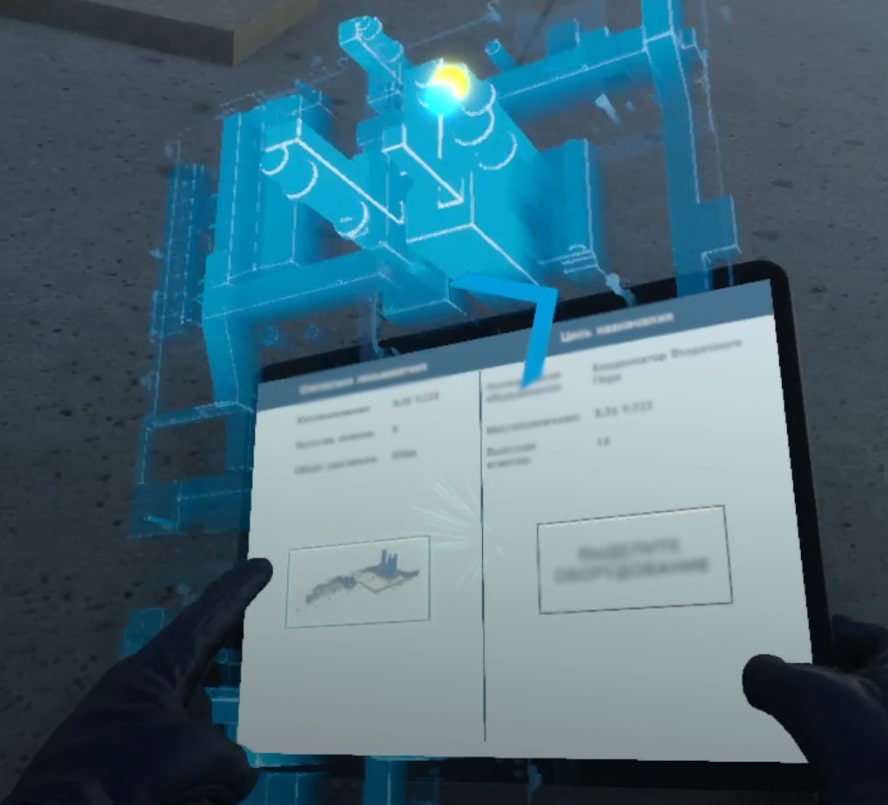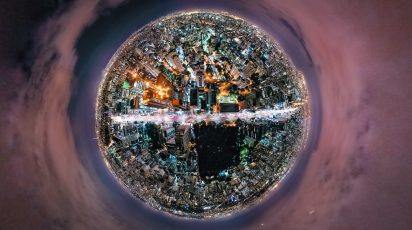
April 28, 2022
Holograms – images that never die
Thinking back to those movies from the 1980s that were set in 2022, we can say that in some ways, the moviemakers got pretty close to what we face today as reality. Their predictions were so creative without knowing even half of the technology we use today, which is pretty fascinating. If you have ever thought about holograms, you are in the right place. In this blog post we will talk about what holograms are, their types, and applications. Perhaps we can even expect to see them in the oil and gas industry? Keep on reading to find out.
The definition of holograms
Holograms appeared in 1962. The event that preceded their appearance was the development of a laser that became the base for creating the very first optical hologram that could capture 3D objects. That was 60 years ago. Here is what holograms are like today.
According to Respeecher, holograms are “three-dimensional images generated by interfering beams of light that reflect real, physical objects.” We can define holograms as the light scattering around an object. We’re sure you’ve heard of popular holographic concerts given by Hollywood stars who are no longer with us. Frank Sinatra, Michael Jackson, and Tupac Shakur performed on stage once again.

Types of holograms
Let’s dive into their functionality. A 3D object is recorded, using a laser or a camera, and is later restored to match the original object as closely as possible. Once the laser illuminates the hologram, it forms a 3D clone with all its features. To achieve that, a reference wave (from the light source) and an object wave (reflected from the object we’ve recorded) must be precisely coordinated. Respeecher explains: “To reproduce a ‘portrait’, the photographic plate has to be ‘illuminated’ with another light wave in close proximity to the reference wave, which converts both waves into a new wave of light that runs alongside the object wave. The result is an almost entirely accurate reflection of the object itself.”

Now we know how holograms work, let’s check out what types of holograms are there.
- Reflection holograms – this type is most often seen in galleries. The image consists of the light reflected by the hologram. This is an authentic three-dimensional hologram.
- Transmission holograms – the light comes from behind the hologram, and the image is emitted to the viewer’s side. These provide sharp, detailed images. One great example of a transmission hologram is the eagle on a Visa card.
- Hybrid holograms – these act like a combination of the previous two. They are widely used, with probably the most common being the rainbow hologram on credit cards.
Holograms in industrial plants
Holograms have proven helpful in industrial applications, but more about that later. We wanted to give them a go and see how they can fit into the Linde Virtual Academy (LVA). So far we’ve been using holograms for orientation and mapping, and they come in handy.
For example, if a trainee decides to explore a virtual industrial plant, and ends up becoming lost or unsure where exactly he or she is, the easiest way to find out is to take out the tablet from among your virtual tools and use hologram technology. The plant hologram is laid out right in front of the trainee, making it easy to determine where they are and where they are supposed to be.

Furthermore, holograms can be used at conferences or in education sessions. Watching the hologram of a person performing gets attendees’ attention. Holograms can bring conceptional clarity and make abstract concepts much easier to visualise. The pandemic has shown how important it is not to rely completely on classical learning methods. Sometimes the alternative is hard to organise at short notice, so it is better to do so in advance.
No longer science fiction
Holograms are simply fascinating; there is no denying it. We use them at LVA as a handy help for orientation and mapping, in the event that a trainee gets lost in the plant or has to check his or her location for any reason. They are also a neat option for conferences or presentations, as holograms improve participants’ concentration and involvement with the topic. We can’t wait to see the other ways in which they will be used in our industry, to improve it further.



